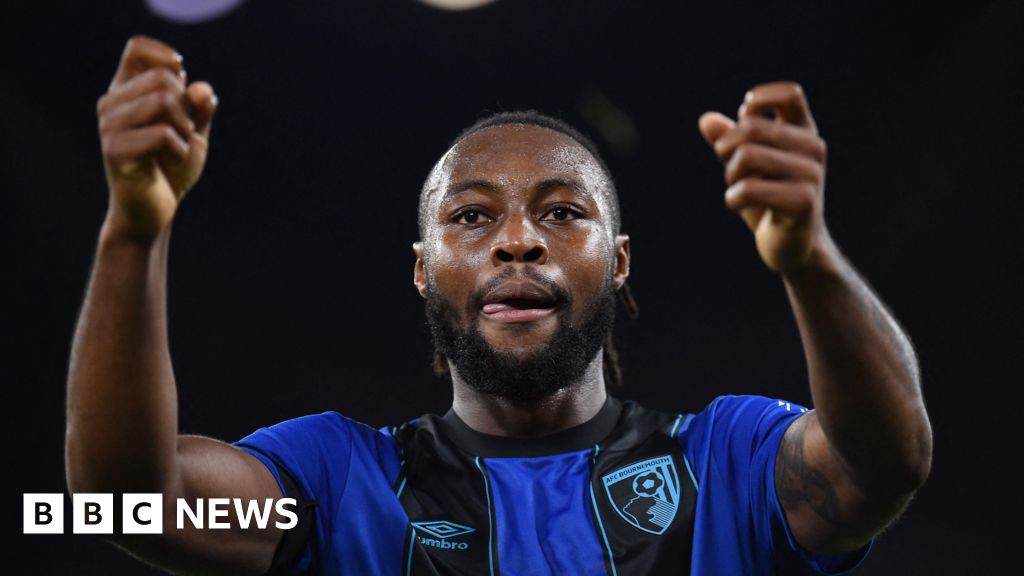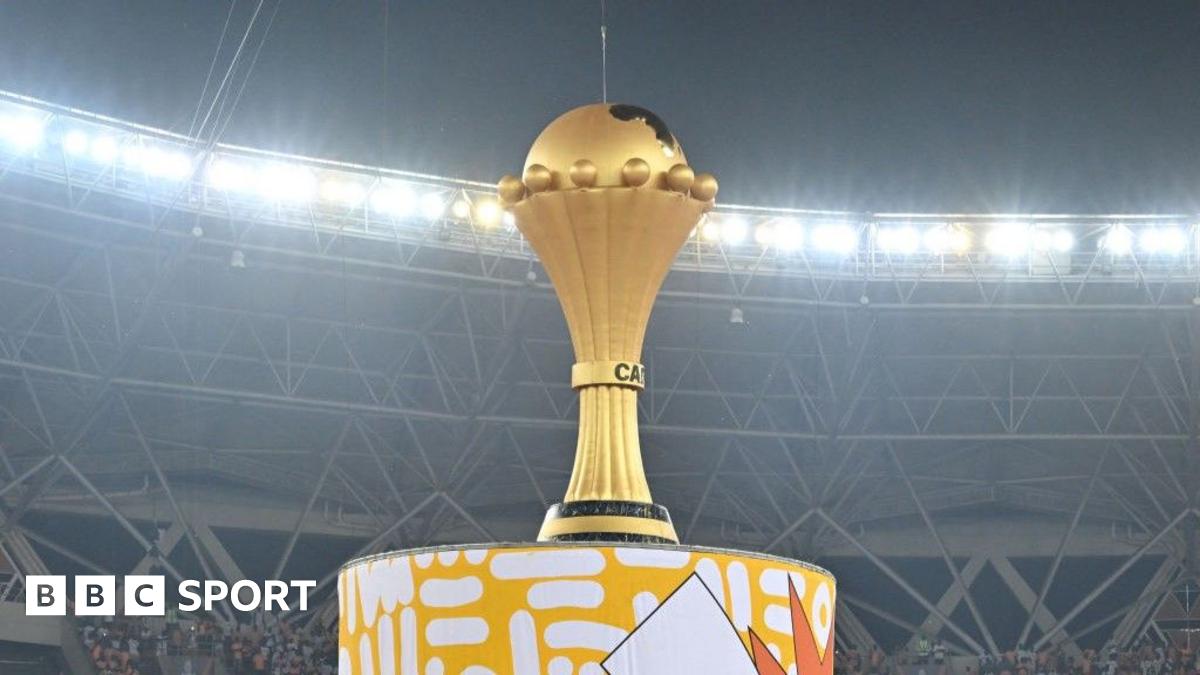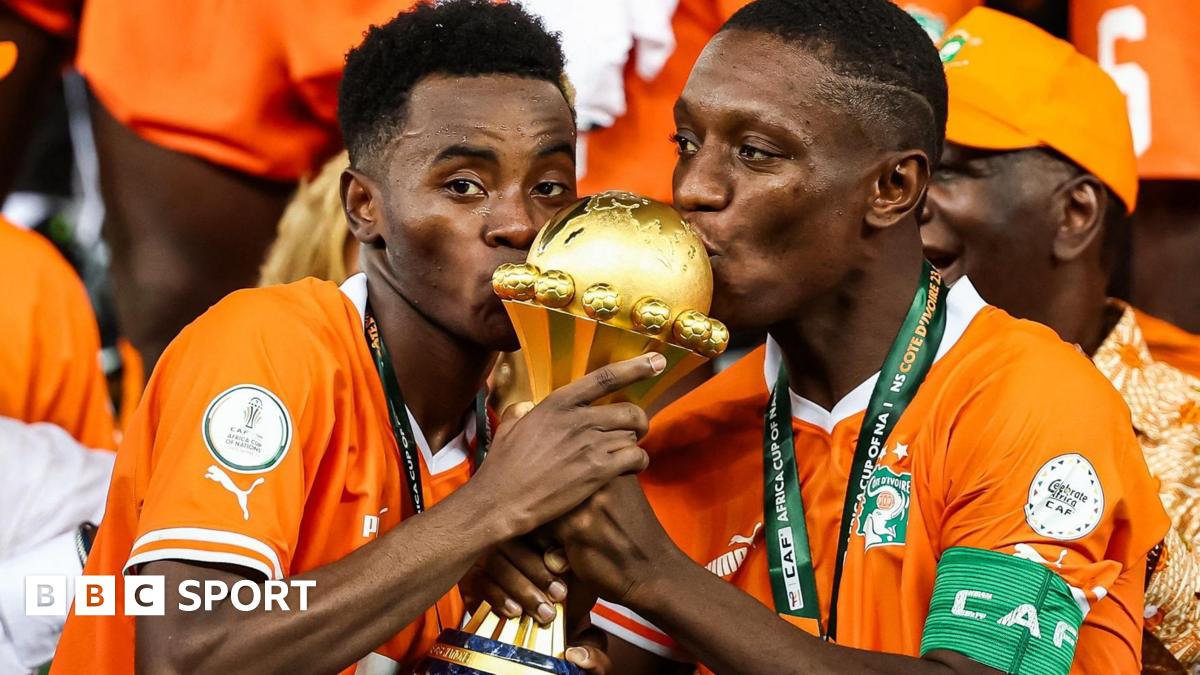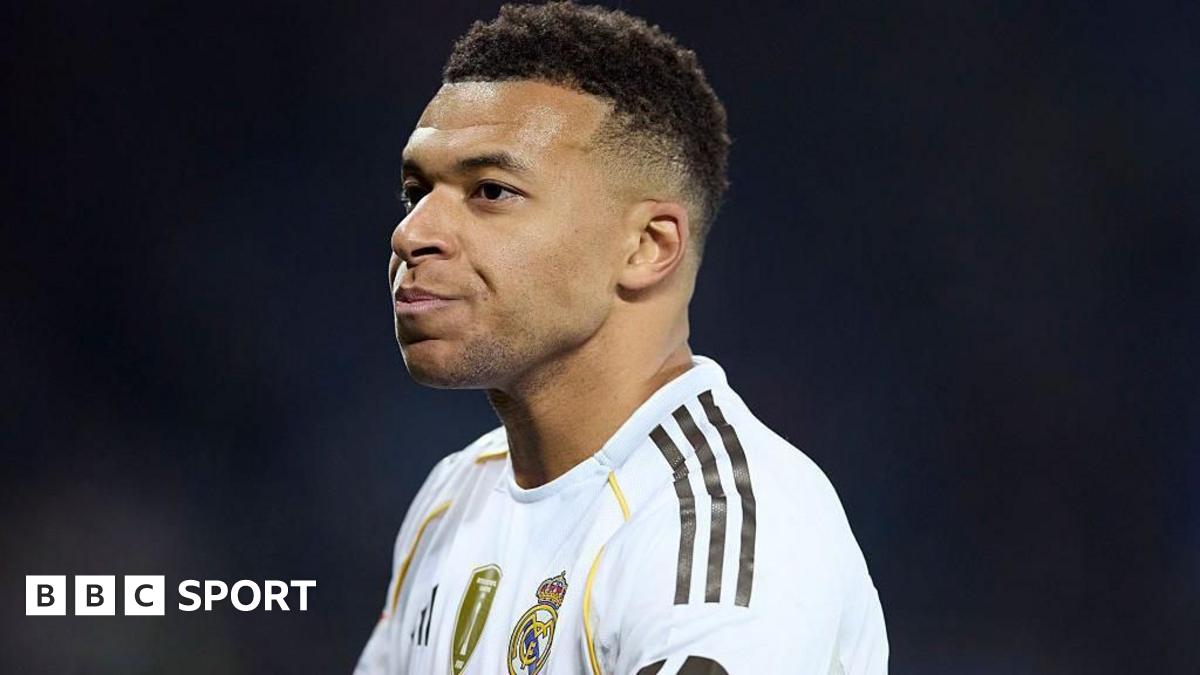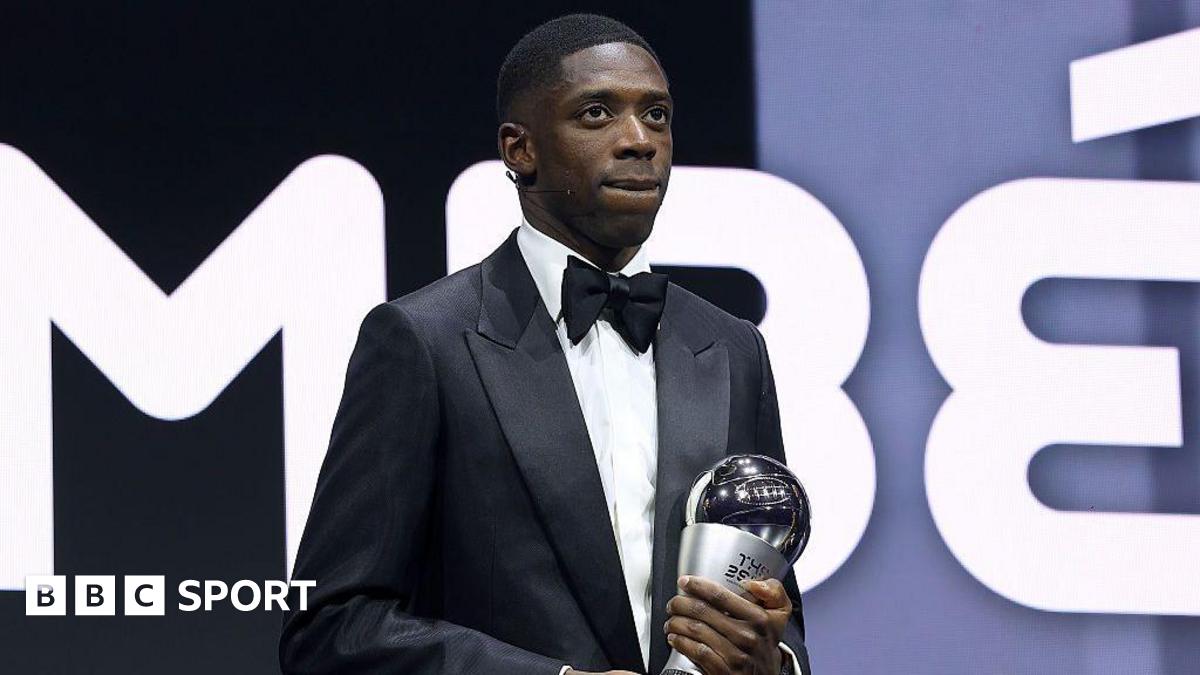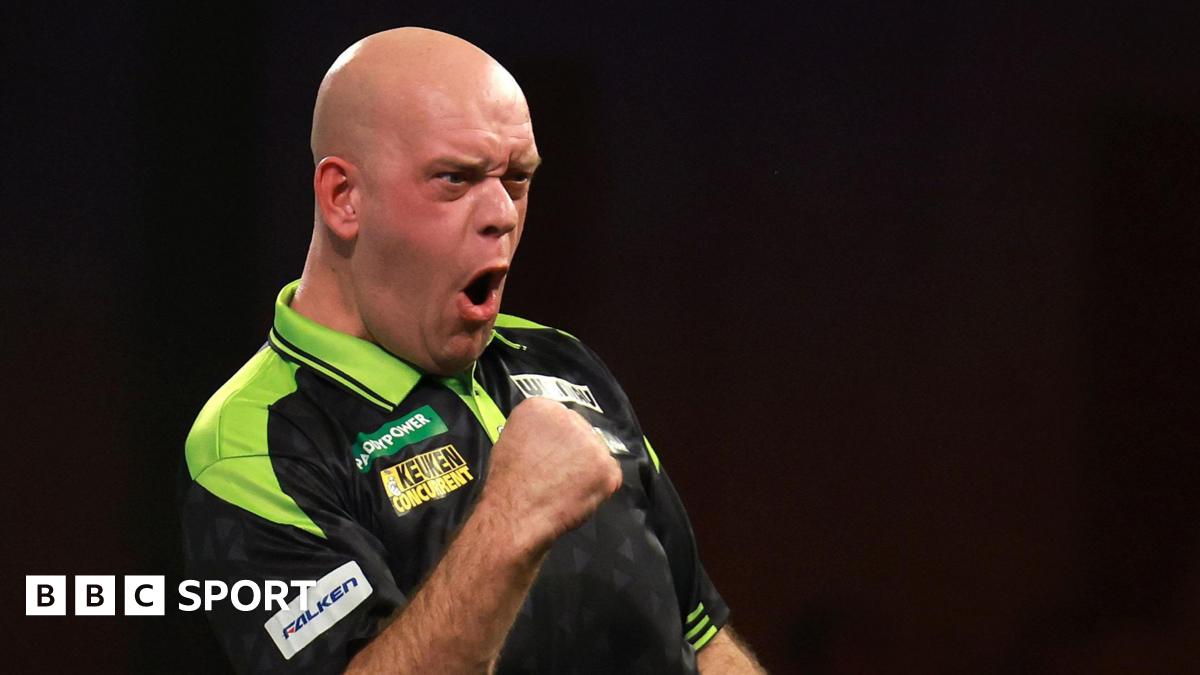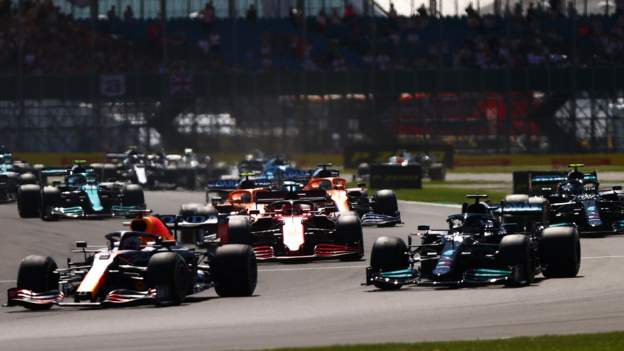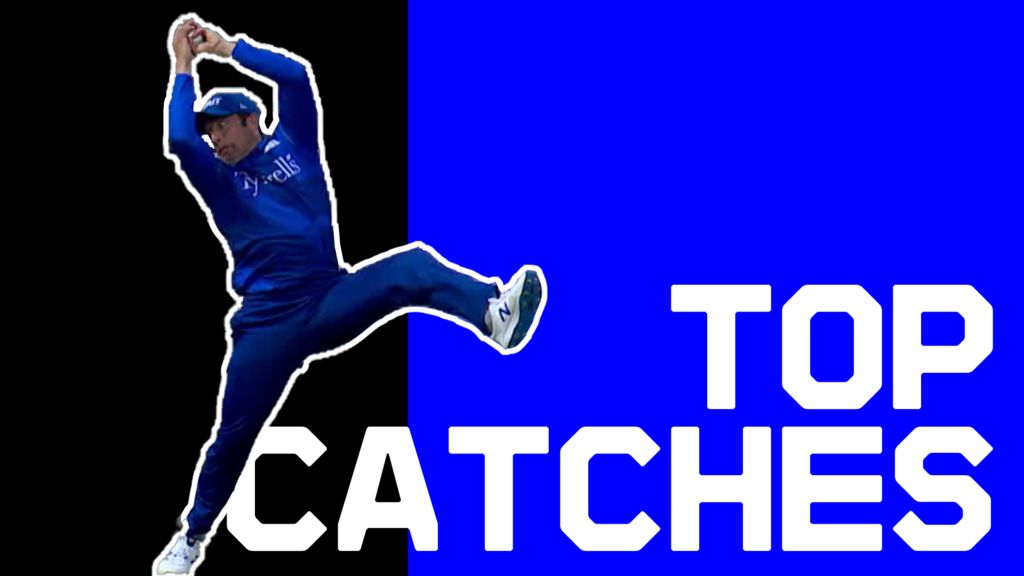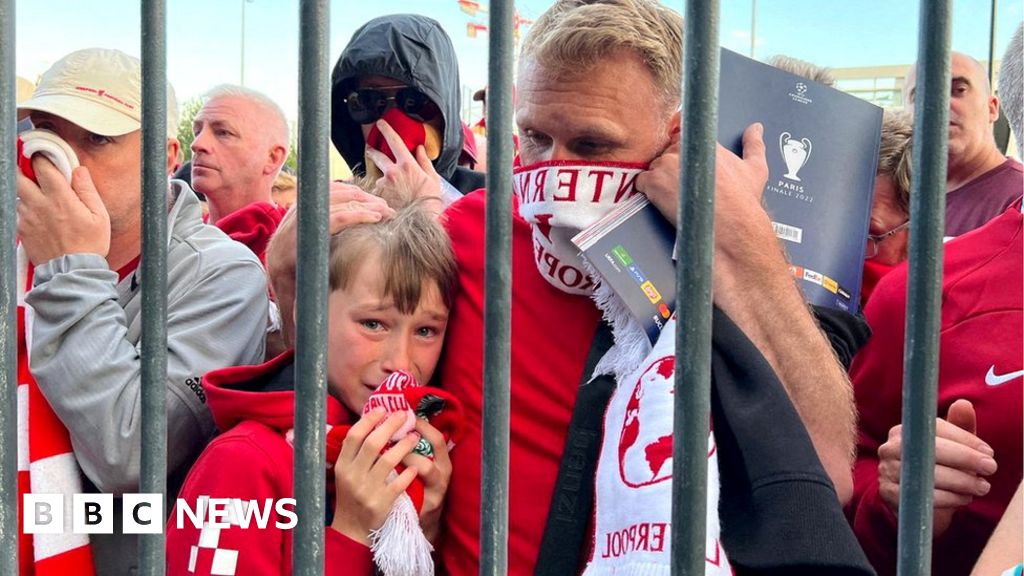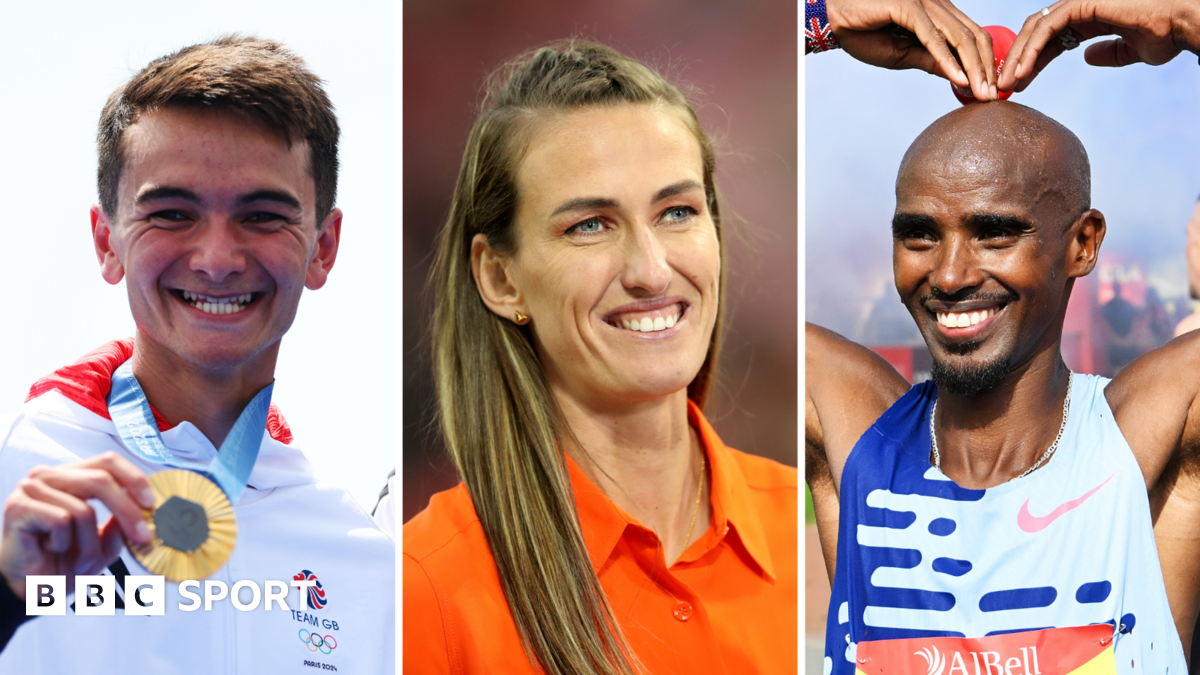After many false dawns, professional cricket is finally poised to cross the much-coveted frontier into the United States.
To an ever-expanding list of global T20 franchise leagues comes the addition of America’s Major League Cricket (MLC), which some believe could be the biggest disruptor the sport has seen for some time.
With the inaugural tournament’s first game taking place on Thursday, 13 July, BBC Sport lifts the lid on a competition with weighty aspirations.
What is MLC and how will it work?
The recent history of cricket in the United States has been riddled with broken promises and failed enterprises that have sunk almost without trace.
Choosing Nasa’s iconic Houston space centre for its glitzy inaugural player draft held earlier this year, MLC will hope it does not suffer similar problems.
The initial 19-game season will feature six teams – MI New York, Texas Super Kings, Los Angeles Knight Riders, Seattle Orcas, San Francisco Unicorns and Washington Freedom – competing in regulation T20 format matches over a 2.5-week period.
Although because the US is an associate member of the ICC, the matches themselves, like the International League T20 held in United Arab Emirates earlier this year, will not count towards a player’s official T20 domestic career statistics.
Confusingly, the locations in each team name bear little relation to where matches will be played, with a dearth of suitable venues meaning the entire tournament will take place either at a converted former baseball stadium in Grand Prairie, Texas, or a smaller cricket facility in Morrisville, North Carolina.
It is something Justin Geale, MLC tournament director, is keen to address: “To grow local fans we need to play in local areas. Playing at two venues is not ideal.
“The model needs to get to home and away fixtures pretty soon, so we plan to increase to around a 30-game season next year. We’ve already got plans next year to pop up in San Francisco.
“I would hope within three to five years we can have good-sized stadiums of 10 to 20,000 seats in our key markets. That’s our aim.”
The initial infrastructure issues have had little impact on the quality of players attracted to the league, with a host of marquee names on board.
England’s sole representatives are World Cup winners Jason Roy, who gave up his England white-ball contract to play, and Liam Plunkett. It is understood MLC also sounded out Moeen Ali before his decision to come out of retirement for the Ashes.
Other seasoned internationals include Afghanistan’s Rashid Khan, South Africa’s Faf du Plessis, Quinton de Kock and Kagiso Rabada, West Indians Sunil Narine, Kieron Pollard and Andre Russell, and Australian pair Marcus Stoinis and Aaron Finch.

How has it attracted such big names?
No surprises here: money talks. The tournament has been co-founded by The Times of India Group, India’s largest media conglomerate, and secured a hefty $120 million (£94m) in initial funding through some influential backers, including the likes of Microsoft chief executive Satya Nadella.
Owners of Indian Premier League (IPL) clubs – Kolkata Knight Riders, Mumbai Indians, Chennai Super Kings and Delhi Capitals – have stakes in four of the six MLC teams, with the other two supported by Australian state organisations Cricket New South Wales and Cricket Victoria.
“The beauty of having the IPL teams on board gives us credibility and access to players, coaching staff and great opportunities for the domestic players here,” said Geale.
“Our first fundraising round brought in a lot of high-net-worth individuals, including some very successful Silicon Valley people, who were very good at running businesses. Our model, though, is that the cricket has to be very good.”
Each of the six teams had a purse of $1.15m (£900,000) to spend on a squad of between 15 and 18 players, putting the finances on par with the likes of The Hundred, despite having only one-third as many matches.
Roy is likely to earn in the region of £150,000 for his stint in the MLC, dwarfing the £60,000-£70,000 he earned annually from his incremental England contract.
Is it just a knock-off IPL?

With Indian owners, Indian co-founders and a whole host of backroom staff employed by IPL franchises, it is easy to assume the MLC might aim to be a smaller copycat version of the world’s most lucrative cricket league.
“There’s no shying away from the fact that, commercially, India is the centre of the cricket world,” said Geale.
“But we’re absolutely trying to create our own brand. It’s definitely not the mini IPL. Our aim is to carve out our own identity. MLC needs to be an American product as much as we can make it.”
MLC will tap into traditional US sporting rituals by playing the national anthem before games, adopting cricket’s equivalent of baseball’s ceremonial first pitch and providing glitzy entertainment during the innings break.
Geale continued: “If you go to Minor League Baseball, they hustle so much to get people in. In Dallas, where we are looking to engage the local community, we’ll have to do a lot more of that.
“It could be a ‘cricket meets baseball night’, a ‘Bollywood night’ or an ‘Australian night’. Ultimately, the goal would be to take some of the best of America and the best of cricket, and put them together.”
The evening scheduling of matches is a conscious decision to target a local market rather than prioritise television viewers overseas. Nonetheless, matches will be shown in the UK on satellite channels.
The opening match – between Texas Super Kings and LA Knight Riders – is sold out. Locally, Geale admits they will have to aim for the “low-hanging fruit” of people who already know the sport before they can attract newcomers.
“While we don’t just want an Indian demographic, that’s commercially where we’re going to have to start,” he said. “But we are also tapping into local schools and clubs to get new people because that’s where the upside is.
“We’re realistic. It’s not going to be full every night. Our stadium holds 7,000 and we’re working really hard to get the local support.”
How big a deal will it be?
It has strong financial backing, an impressive roster and has been three years in the making, but in an oversaturated franchise league market there are few guarantees the MLC will thrive. The long-term hope is that the US could be the sport’s untapped superpower.
“I hate the word ‘potential’ because it’s been used too much in the US, but there is a huge market,” said Geale. “Where else do we go if we want to grow the game? If it’s not China or Russia, it’s got to be the US.”
America’s star pace bowler Ali Khan is confident, saying: “I think it’s going to be huge. I think after the IPL this is going to be the second biggest league.
“Why? Because the market is here, the sponsors are here, the money is here. It’s a big country. There is so much opportunity. It’s life-changing for us.”
For an American team that recently made the Cricket World Cup Qualifier for the first time in almost two decades, there is hope the tournament helps grow a fledgling domestic scene and improving national side.
However, excitement is not universal, with concerns on this side of the Atlantic over a tournament that takes place during the English summer.
Giles White, Hampshire director of cricket, said: “Assuming it’s a success, that day is coming where they will want to attract the best players. If those players come from this country then it could detract from the competitions played over here.”
But success is an assumption not even Geale is willing to make: “It’s something that keeps me up at night. We have given ourselves the best chance to succeed. Whether it does or not, I can’t control that. On paper it sounds great, but let’s see. What an adventure though, eh?”


